SOURCE: RAUNAK KUNDE / NEWS BEAT / IDRW.ORG.
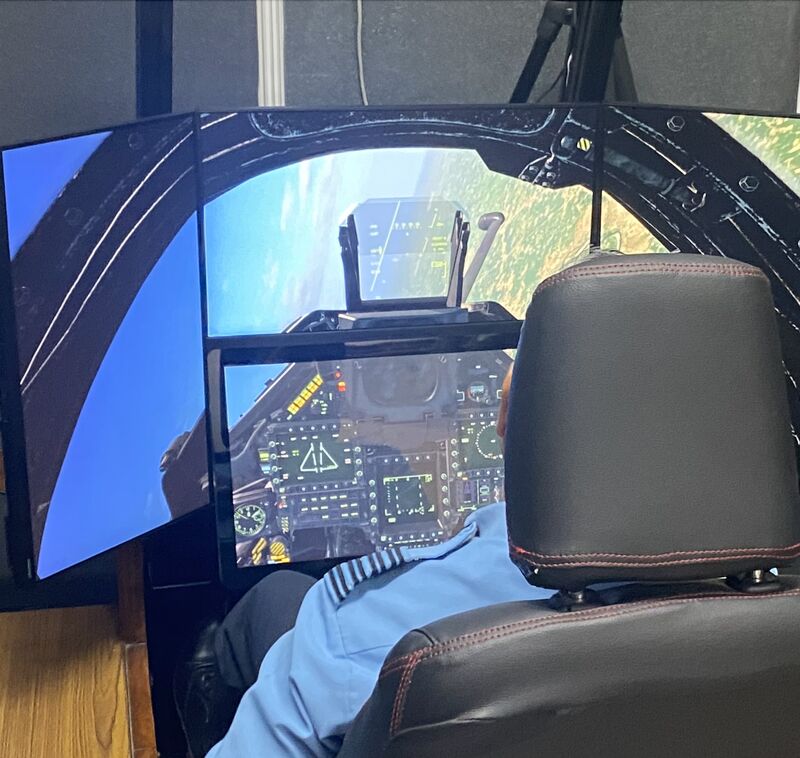
The Indian Air Force (IAF) is set to witness a significant advancement in its training capabilities with the introduction of the Military Metaverse innovation framework. Developed by a company under the NewSpace Research and Technologies group, this groundbreaking framework promises to revolutionize large-force engagement (LFE) air combat training through the integration of next-generation technologies.
At the heart of this innovation is a proprietary high-fidelity virtual environment that offers an unparalleled level of realism. Meticulously designed, it combines cutting-edge physics-based aircraft performance mapping, comprehensive cockpit content creation, and meticulous avionics and weapon systems modelling. This results in an immersive training experience that closely mirrors real-world scenarios.
Continue readingSOURCE: RAUNAK KUNDE / NEWS BEAT / IDRW.ORG.

During their recent Earnings Call for Q4FY23, top management officials of Hindustan Aeronautics Limited (HAL) announced that the designs for all parts of the LCA Mark-2 are nearly completed, and the company is gearing up to initiate production of the prototype.
The HAL expressed confidence that the LCA Mark-2, equipped with more powerful engines and numerous upgrades compared to the existing Tejas, will be developed as per schedule, with its maiden flight anticipated in mid-2025.
Continue readingSOURCE: RAUNAK KUNDE / NEWS BEAT / IDRW.ORG.
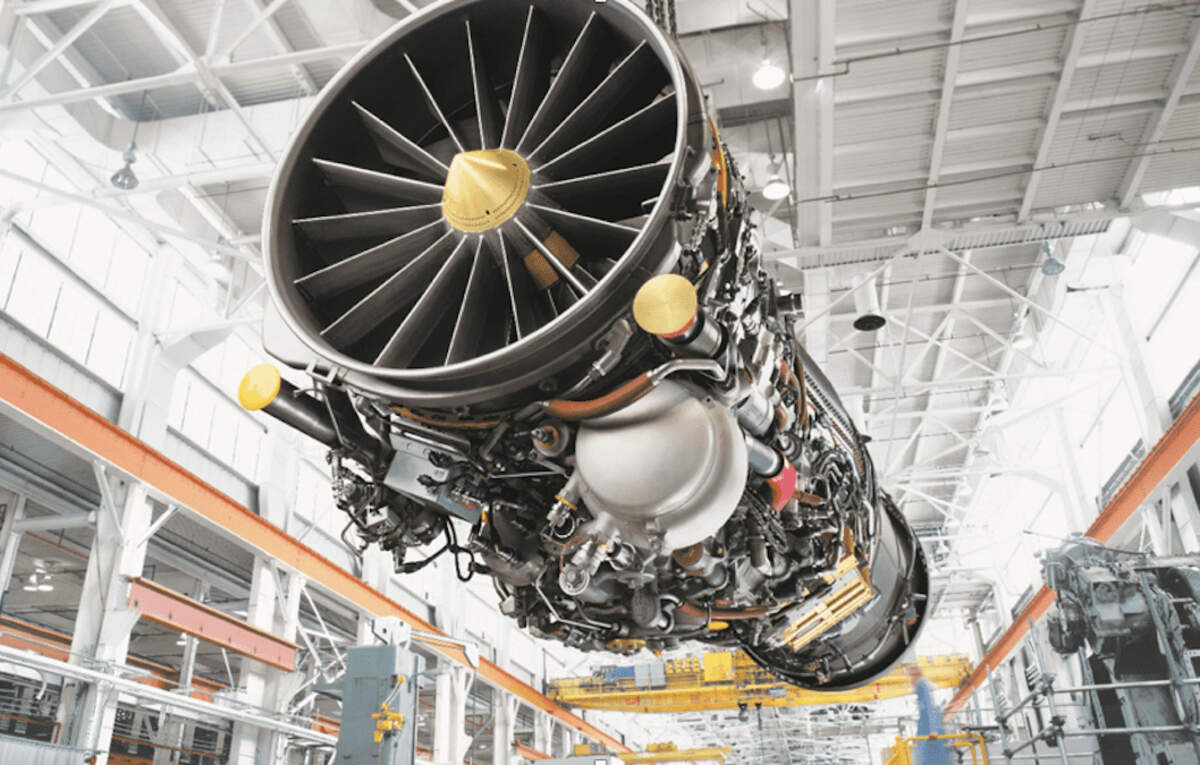
The Engine Division of Hindustan Aeronautics Limited (HAL) in Bangalore is in the lead to secure a contract for the local manufacturing, under license, of the General Electric F414 engine for the Tejas MkII program. This significant development comes as General Electric awaits final clearance from the Biden administration regarding the Transfer of Technology (ToT) for the engine, which includes clearance for the Core section of the engine to be transferred to India.
General Electric anticipates substantial orders for approximately 300 engine units solely from India for its Tejas MkII, TEDBF, and AMCA MkI fighter jet programs. Once the necessary clearances are obtained, the local manufacturing of the F414 engine by HAL’s Engine Division would not only strengthen the indigenous production capabilities but also contribute to India’s self-reliance in the defence sector.
Continue readingSOURCE: RAUNAK KUNDE / NEWS BEAT / IDRW.ORG.
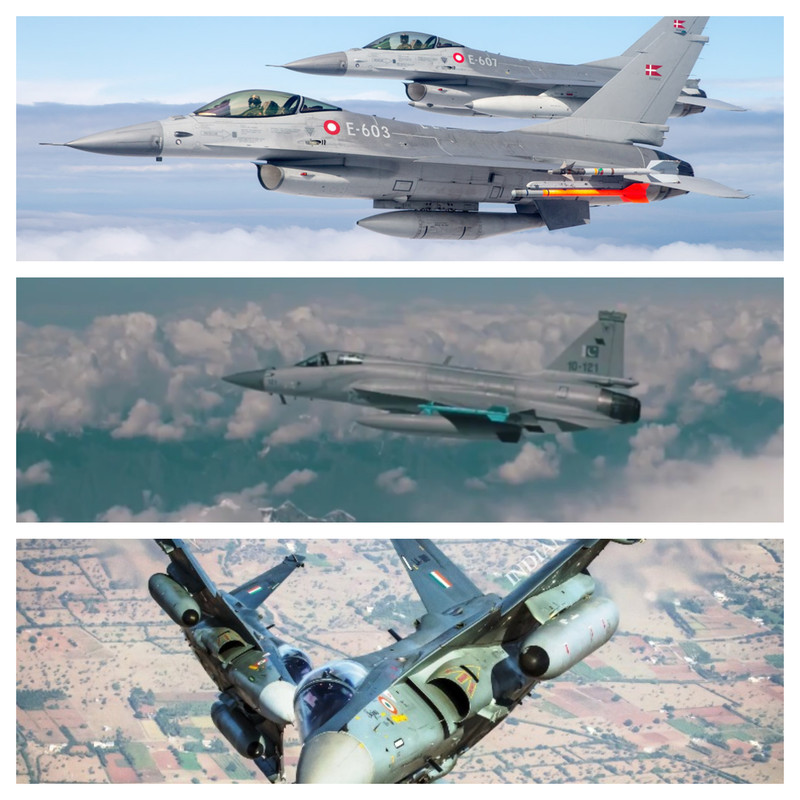
China is making notable progress in solidifying the presence of its JF-17 aircraft in Argentina, while India’s Tejas and the F-16 face obstacles in their market prospects. Against the backdrop of Argentina’s economic challenges, the country is increasingly exploring cost-effective options, which China eagerly offers, including the potential for exporting a dozen JF-17s and enabling local production rights.
Previously, the Danish F-16 MLU appeared to be leading the competition among the JF-17, Tejas, and itself for Argentina’s consideration. However, recent reports suggest that the Danish offer might be withdrawn, potentially paving the way for Ukraine to receive F-16s from the Western Block as military aid in their confrontation with Russia.
Continue readingSOURCE: RAUNAK KUNDE / NEWS BEAT / IDRW.ORG.
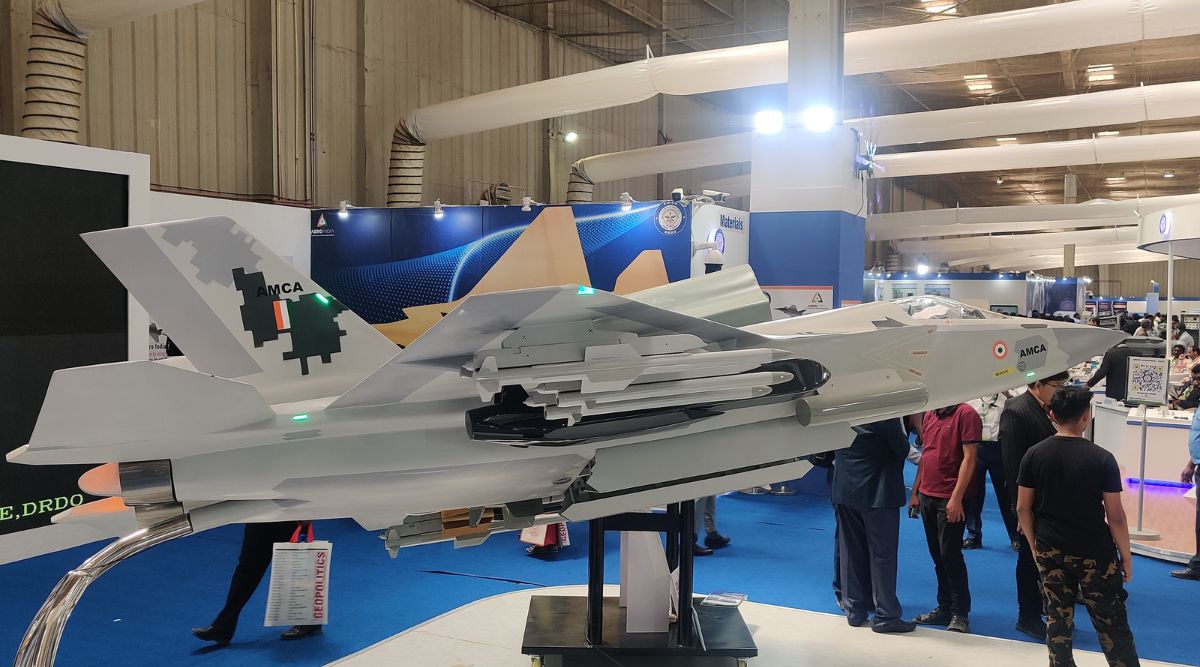
The Cabinet Committee on Security (CCS) is expected to approve the indigenous Advanced Medium Combat Aircraft (AMCA), a fifth-generation fighter aircraft being developed for the Indian Air Force. However, the clearance is likely to be granted later this year or early next year, as the Aeronautical Development Agency (ADA) has completed the Critical Design Review (CDR) of the program.
Despite this progress, the Hindustan Aeronautics Limited (HAL) and Defense Research and Development Organization (DRDO) are yet to finalize private partners for the AMCA program, which was intended to be executed through a Special Purpose Vehicle (SPV) with private players holding a majority stake.
Continue readingSOURCE: RAUNAK KUNDE / NEWS BEAT / IDRW.ORG.
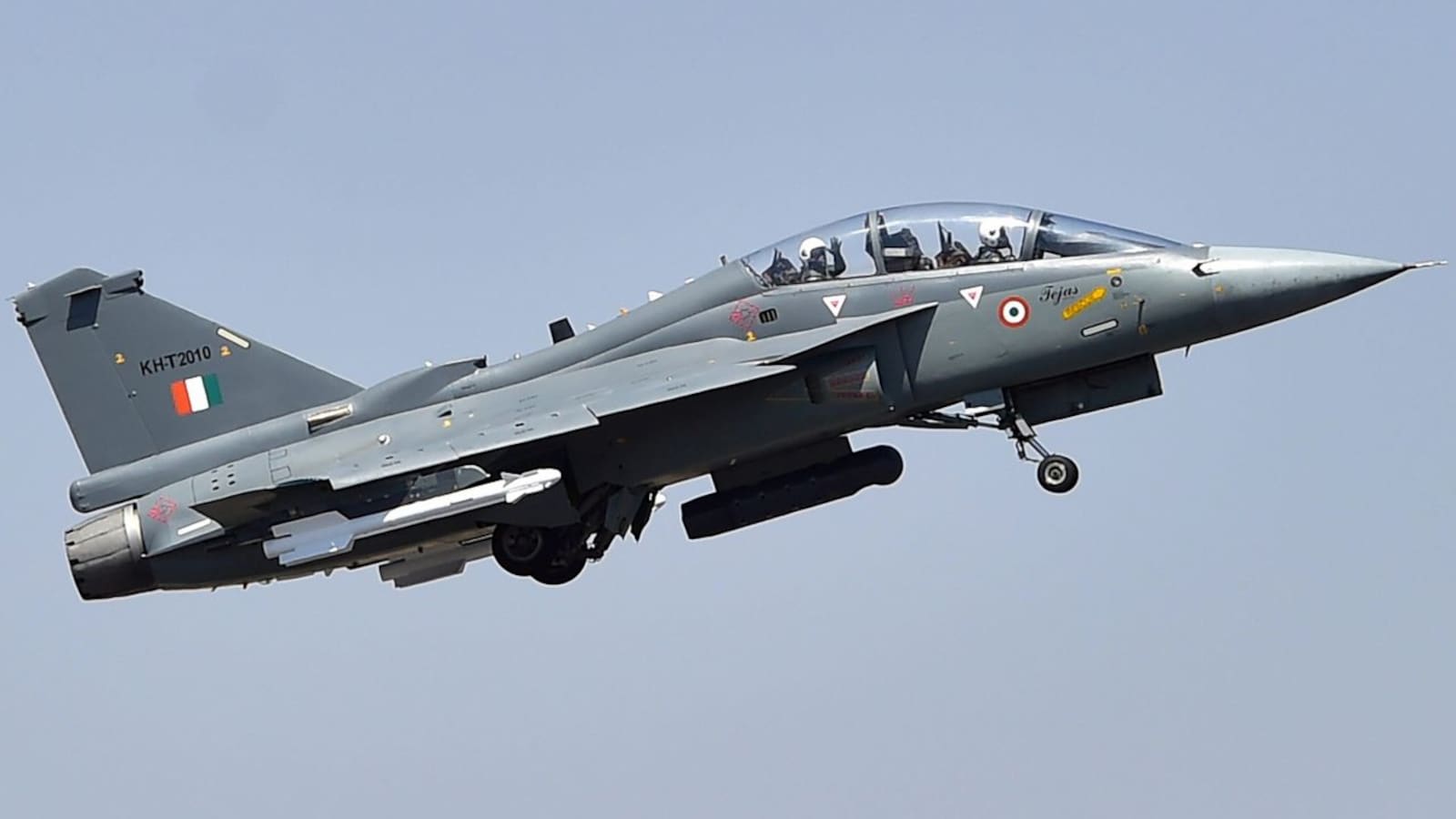
During the recent Earnings Call for Q4FY23, top officials from Hindustan Aeronautics Limited (HAL) confirmed their plans to hand over a minimum of 8 newly manufactured Tejas Trainer aircraft to the Indian Air Force (IAF) within the current fiscal year. This announcement comes although the first series production Light Combat Aircraft (LCA) Tejas trainer, LT 5201, conducted its maiden flight just last month.
HAL has received orders for 18 Tejas Trainers from the IAF, and currently, 8-10 structures are in various stages of development. By March 2024, all trainers, including the one that completed its first flight recently, will be delivered to the IAF.
Continue readingSOURCE: RAUNAK KUNDE / NEWS BEAT / IDRW.ORG.

Hindustan Aeronautics Limited (HAL), the state-owned aerospace and defence company, has set its sights on concluding the contract negotiations with the Indian Air Force (IAF) for the supply of 240 AL-31 engines for the Sukhoi-30 MKI fighter aircraft. This fiscal year, HAL aims to finalize the orders and solidify its commitment to support the IAF’s fleet.
The AL-31 engine plays a vital role in powering the Sukhoi-30 MKI, which is the backbone of the IAF’s combat fleet. HAL has engaged in productive discussions with the IAF, and both parties have made significant progress in the contract negotiation talks. The company is confident that the contract can be successfully concluded within the next 6-8 months.
Continue readingSOURCE: RAUNAK KUNDE / NEWS BEAT / IDRW.ORG.

The Ministry of Defense (MoD) in India is now focusing on the development of locally produced self-propelled air defence gun missile systems (SPAD-GMS) as replacements for the ageing Towed Bofors L 70 40mm single-barrel and Soviet-era ZU-23-2 towed 23mm twin-barrel weapon systems. Initially, the plan is to acquire 104 units of SPAD-GMS, which will later be expanded to a total of 300 units.
Since 2013, the Indian Army has evaluated five different SPAD-GMS options, but none have fully met its requirements. The K30 system manufactured by South Korea’s Hanwha Defense came close to meeting the criteria, but due to allegations that it did not meet all parameters and objections from the Russian side, which had offered the Tunguska system by Almaz Ante and Pantsir by KBP Tula systems, the plan to proceed with the K30 was abandoned.
Continue readingSOURCE: RAUNAK KUNDE / NEWS BEAT / IDRW.ORG.
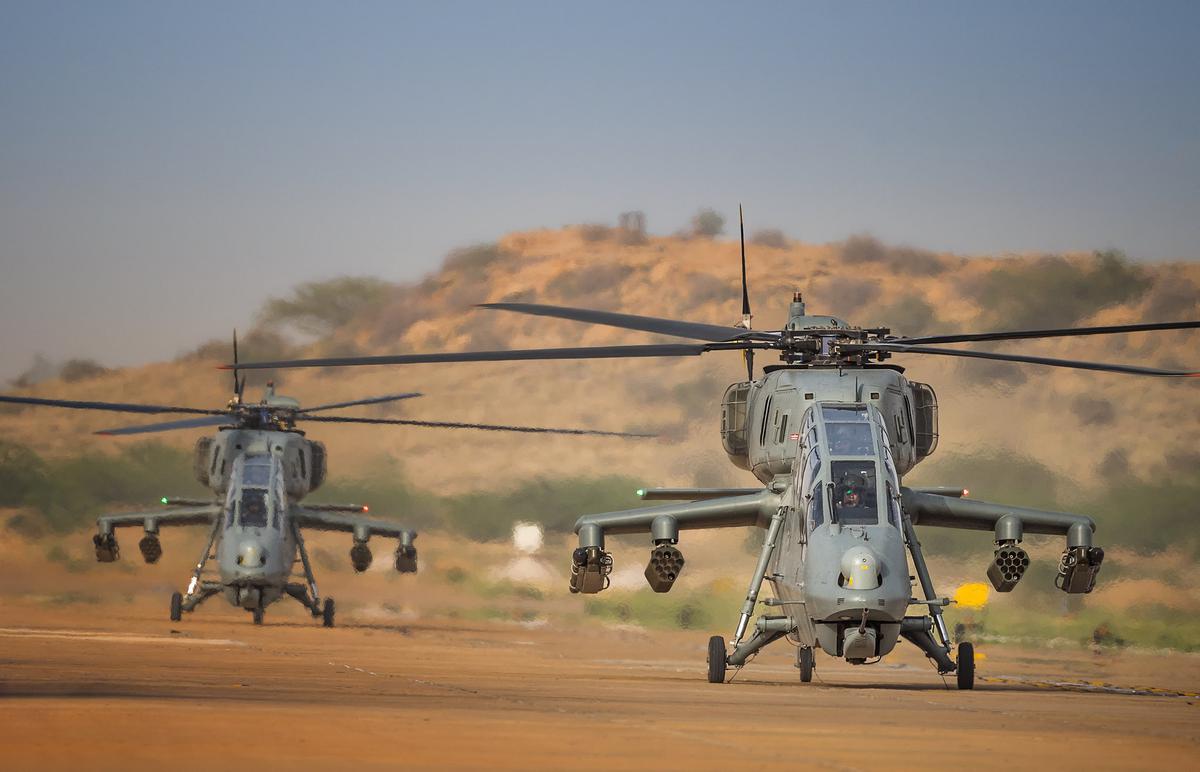
During their Earnings Call for Q4FY23, management officials of Hindustan Aeronautics Limited (HAL) announced the successful completion of the limited series production (LSP) variants of the indigenous Light Combat Helicopter (LCH) ‘Prachand.’ This significant milestone involved the production of 15 LSP LCH units, at a cost of ?3,887 crore, with 10 units designated for the Indian Air Force (IAF) and five for the Indian Army.
The LSP LCH variants have been manufactured with 45% indigenous content, which is set to progressively increase to more than 55% in Phase II. During this phase, additional user-required systems and modifications will be integrated into the helicopters. HAL aims to secure larger orders in the coming years, building upon the success of LSP production.
Continue readingSOURCE: RAUNAK KUNDE / NEWS BEAT / IDRW.ORG.
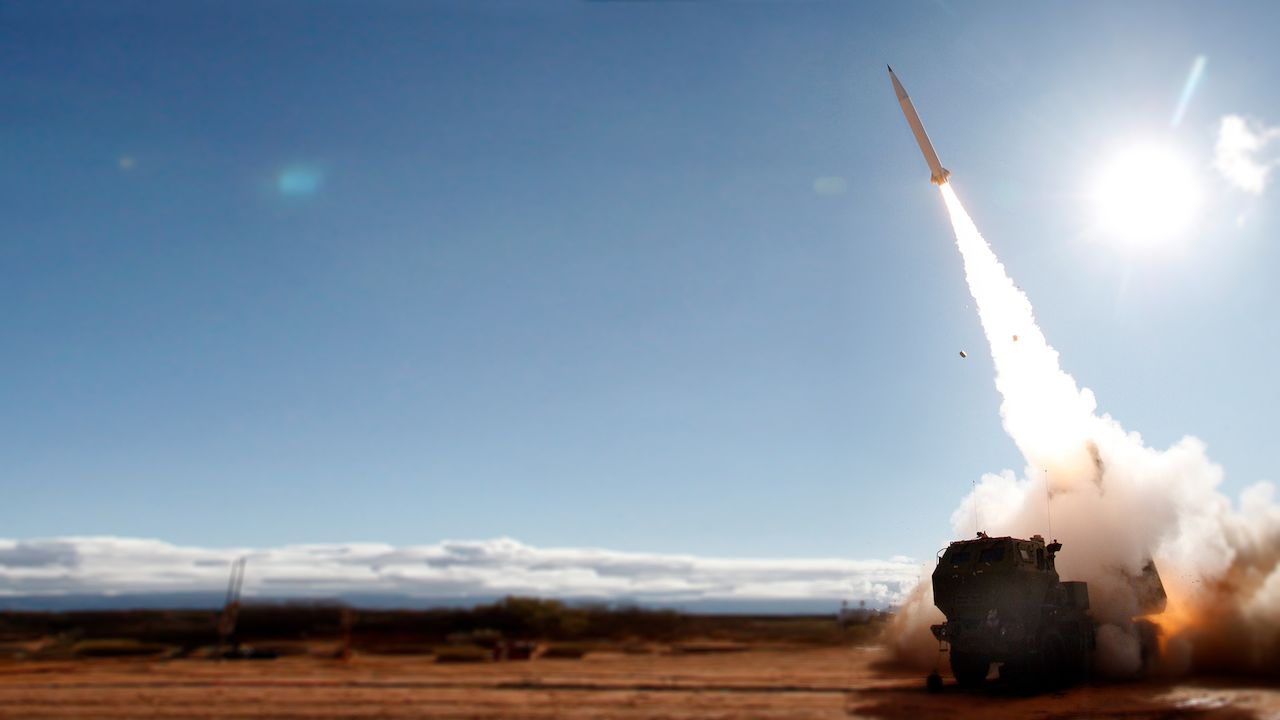
India is making significant strides towards the establishment of an Integrated Rocket Force (IRF) in response to the ongoing military standoff with China. As part of this development, the country is focusing on the creation of next-generation multiple-launch rocket systems, which will serve as crucial components of the IRF and engage important targets located deep within enemy territory.
Currently, India operates the indigenously developed 214 mm Pinaka multi-barrel rocket launcher family, with a range ranging from the older variant of 37.5 km to the Mk-II ER variant, which boasts a range of 90 km. However, the Defense Research and Development Organization (DRDO) aims to go beyond this and develop next-generation multiple-launch rocket systems in the calibre category above 300 mm. This endeavour has also attracted competition from the private sector.
Continue readingSOURCE: RAUNAK KUNDE / NEWS BEAT / IDRW.ORG.
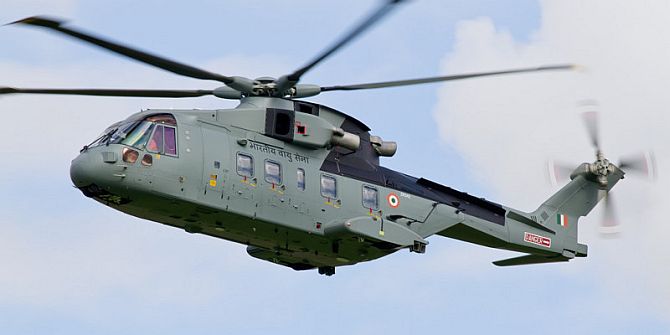
Indian Air Force (IAF) is planning to reactivate a tender to procure new VVIP helicopters that will be used for the president, prime minister, and other VVIPs. This decision comes after successfully resolving the previously cancelled AgustaWestland chopper scam. The IAF, in consultation with organizations like the Special Protection Group (SPG), National Security Guard (NSG), and others, will soon float an open tender to seek new helicopters.
Currently, the Mi-17-5 helicopters are being used for VVIP duties, but they lack integrated protections against multi-level threats. Therefore, the IAF intends to replace them with new helicopters that offer enhanced security features.
Continue readingSOURCE: RAUNAK KUNDE / NEWS BEAT / IDRW.ORG.

The upcoming meeting between Indian Prime Minister Narendra Modi and US President Joe Biden holds the potential for significant developments, one of which could be the contract on the MQ-9B Predator deal. The meeting, expected to address a range of bilateral issues, may pave the way for the finalization of this crucial defence agreement.
The Indian Armed Forces have formulated a plan to acquire 18 MQ-9B Predator drones in a deal worth $1.8 billion. As part of this agreement, the Indian Army, Indian Air Force, and Indian Navy will each receive six drones, each equipped with various sensory payloads.
Continue readingSOURCE: RAUNAK KUNDE / NEWS BEAT / IDRW.ORG.
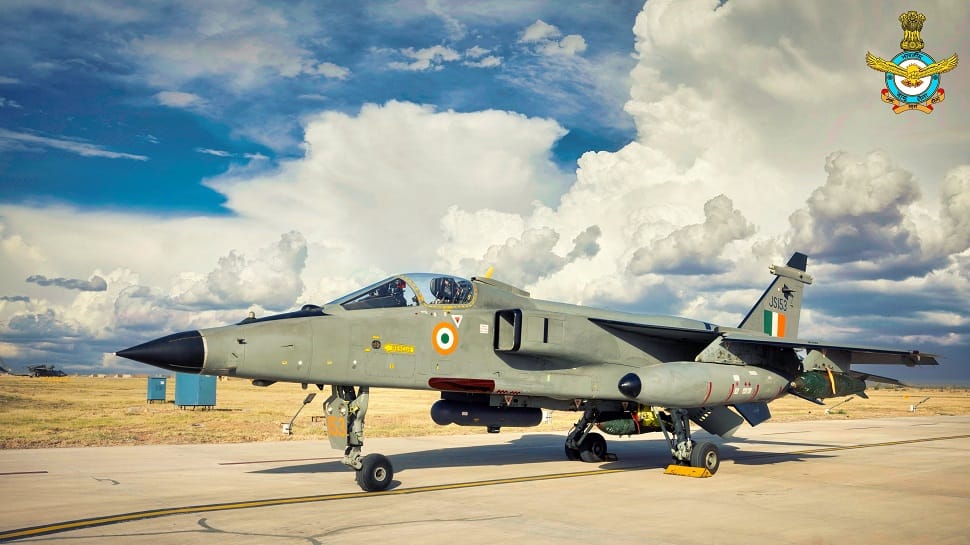
The Indian Air Force (IAF) has outlined its plans to retire the Jaguar strike aircraft from its fleet starting in 2027-28. The retirement process will begin with one squadron and will be carried out in multiple phases, with the complete phase-out expected to be accomplished by 2035.
Both the IAF and Hindustan Aeronautics Limited (HAL) have developed comprehensive plans to sustain the Jaguar fleet until 2035. Even the latest upgraded Darin-III standard Jaguar fighter jets, equipped with the advanced ELM-2052 AESA Radar from Israel and featuring an overwing ASRAAM Close Combat Missile configuration, will be gradually phased out.
Continue readingSOURCE: RAUNAK KUNDE / NEWS BEAT / IDRW.ORG.
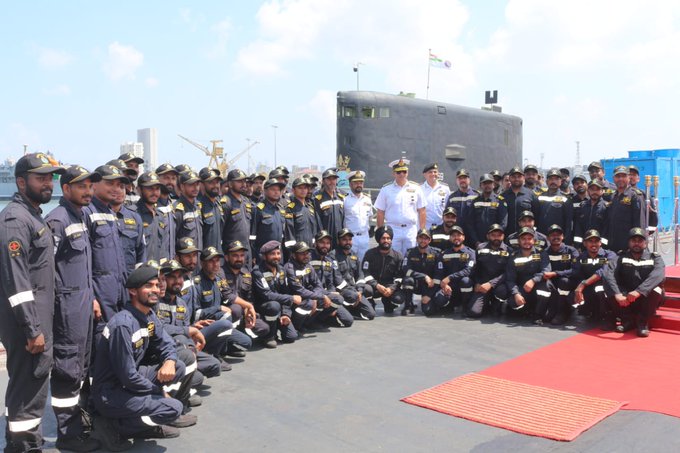
The Russian-origin INS Sindhuratna diesel-electric submarines have successfully returned to Mumbai after undergoing a protracted major refit in Russia. The submarine underwent a comprehensive upgrade at the Naval Dockyard in Russia and subsequently embarked on a challenging 97-day return journey through the Norwegian Sea, English Channel, and the Mediterranean Sea before reaching Mumbai on May 16th.
INS Sindhuratna faced a significant accident in February 2014, resulting in the unfortunate loss of two officers. However, the submarine had been scheduled for a “medium refit-cum-life extension” upgrade at Severodvinsk long before the Russia-Ukraine war erupted almost a year ago. Due to the ongoing conflict, transportation and logistical challenges arose, causing delays in the submarine’s return.
Continue readingSOURCE: RAUNAK KUNDE / NEWS BEAT / IDRW.ORG.

Officials at the Gas Turbine Research Establishment (GTRE) are elated with the recent achievement of the Dry Kaveri engine, which has demonstrated a thrust class of 48kN. As a result, discussions have commenced with state-owned Hindustan Aeronautics Limited (HAL) and Aeronautical Development Agency (ADA) regarding the integration and testing of an Afterburner variant of the engine onboard an older LCA-Tejas aircraft, likely to take place in the later in this decade.
While a new Afterburner module has been designed, it is yet to undergo full-scale developmental testing. GTRE aims to secure funds for the program to showcase a fully developed engine on board an LCA-Tejas aircraft. It is important to note that work on an indigenous alternative engine for the American F404 is still pending.
Continue reading